12 Examples Of Gamification In The Classroom
Examples of gamification include additive grading, using levels of progress, creating learning badges or trophies to include, and more.

Examples of gamification include additive grading, using levels of progress, creating learning badges or trophies to include, and more.
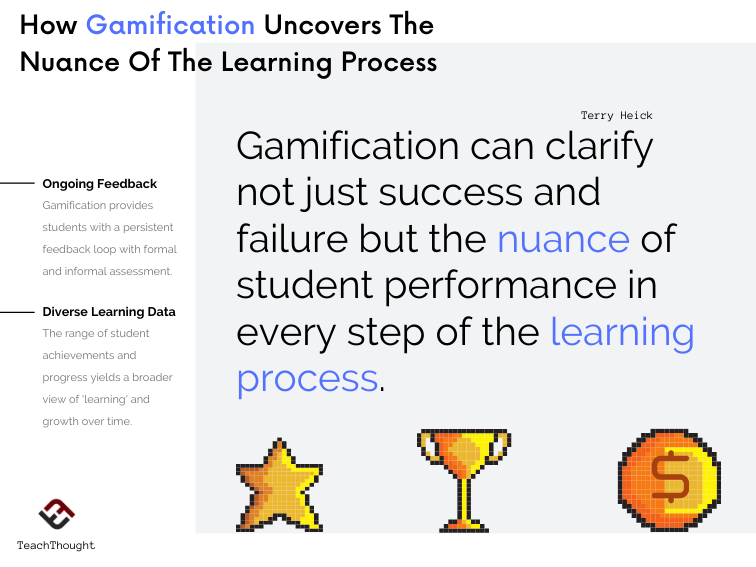
Gamification can clarify not just success and failure but the nuance of student performance in every step of the learning process.

Educational gamification doesn’t mean turning every lesson into a game but rather using game features to enrich lessons.
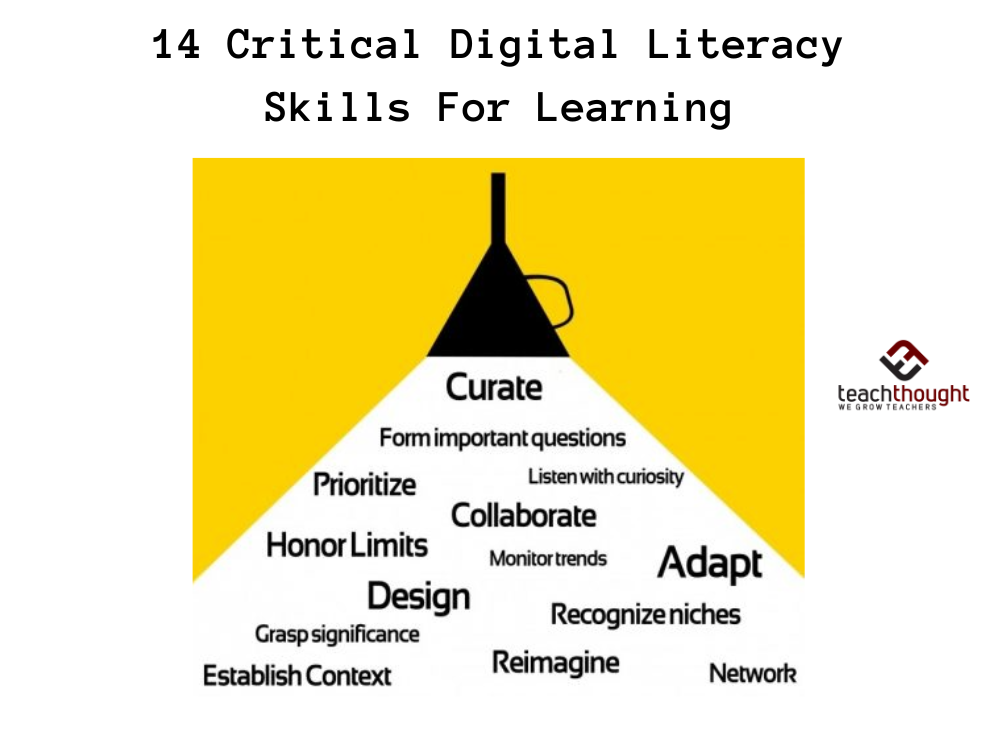
The term ‘gamification’ first gained widespread usage in 2010 referring to incorporation of social/reward aspects of games into software.
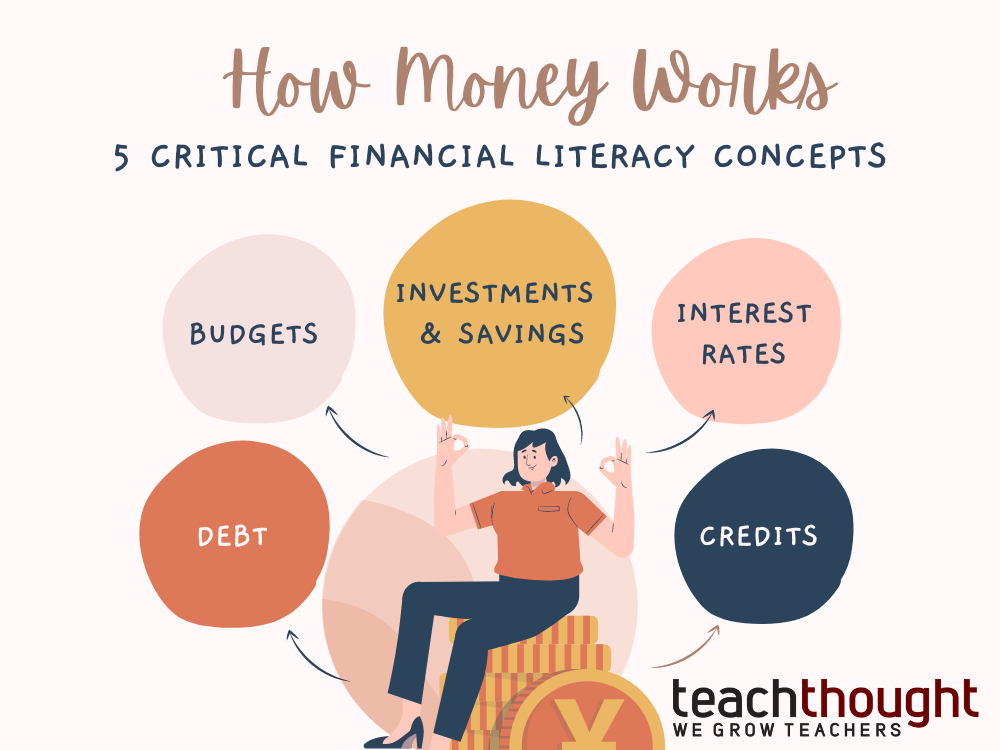
New technology can pick up on nuances that perhaps would otherwise slip through the cracks in traditional learning environments.

If you want to be more aware of what gamification, these examples may be useful if for nothing else than to be more intentional in using it.
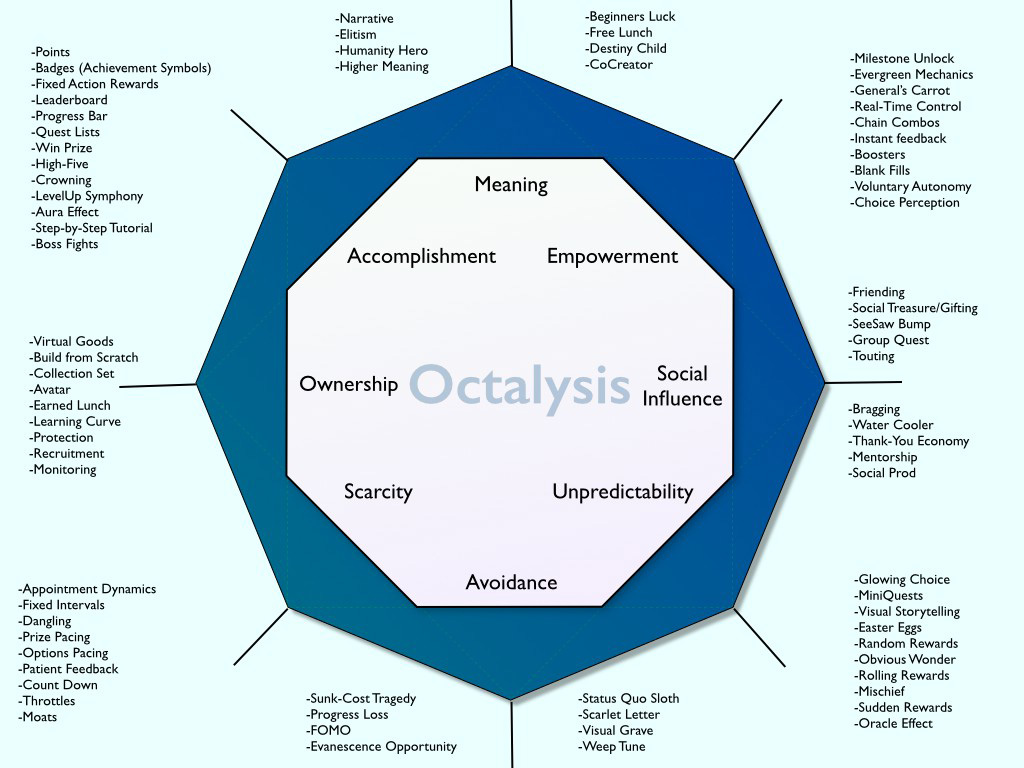
Education also withholds permanent markers of performance until the end of a semester to motivate students and demonstrate control.

As a student, I got to learn more about the power of ‘gamifying’ something, and what effect it had on learners.

The definition of gamification is the application of game-like mechanics to non-game entities to encourage a specific behavior.
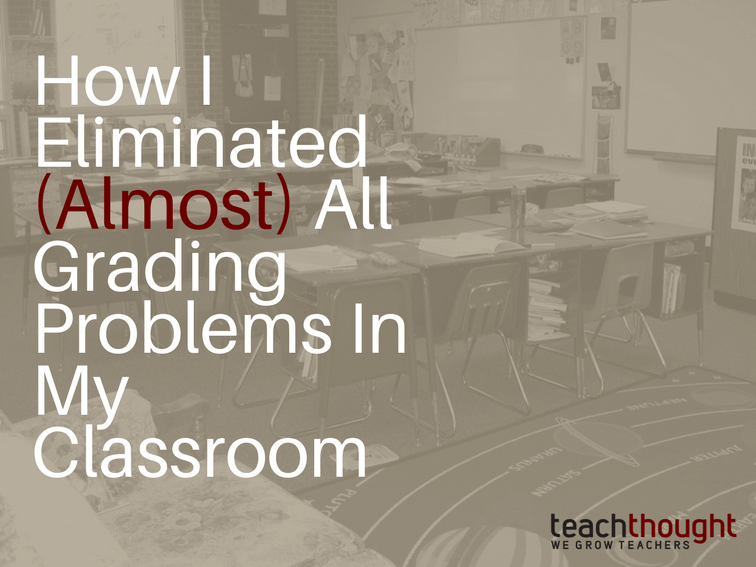
Grading problems still surfaced, but with a system in place, it was easier to identify what went wrong and communicate why to students.
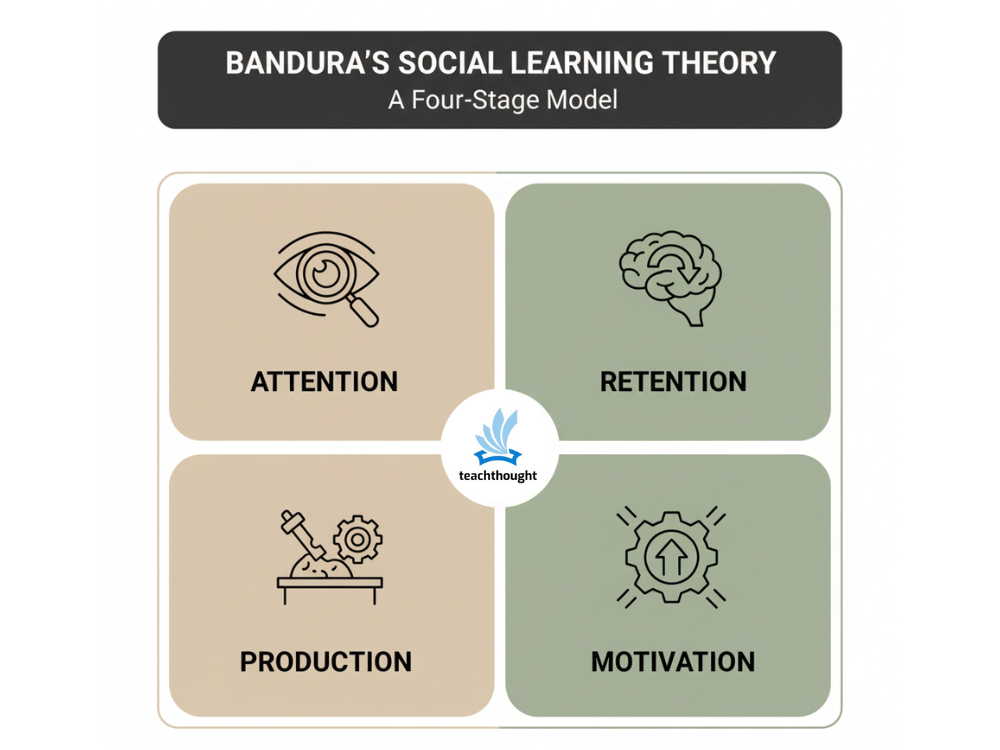
Bandura’s Social Learning theory explained that children learn in social environments by observing and then imitating the behavior of others.